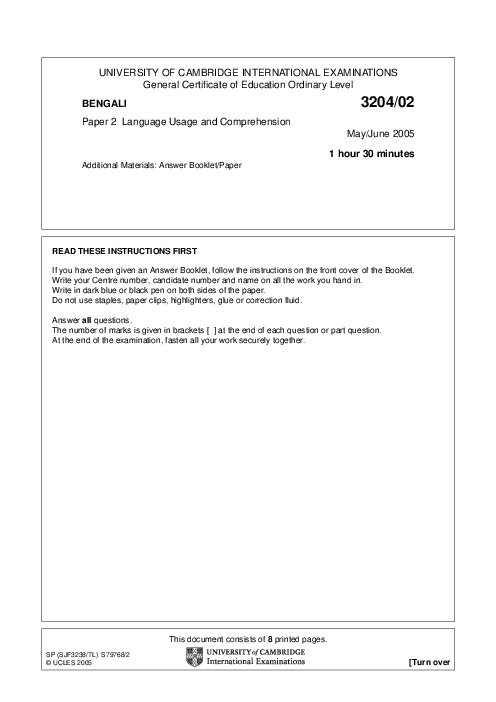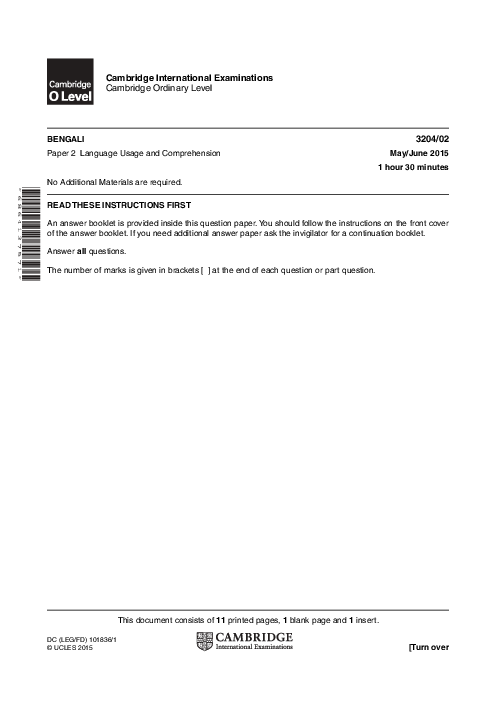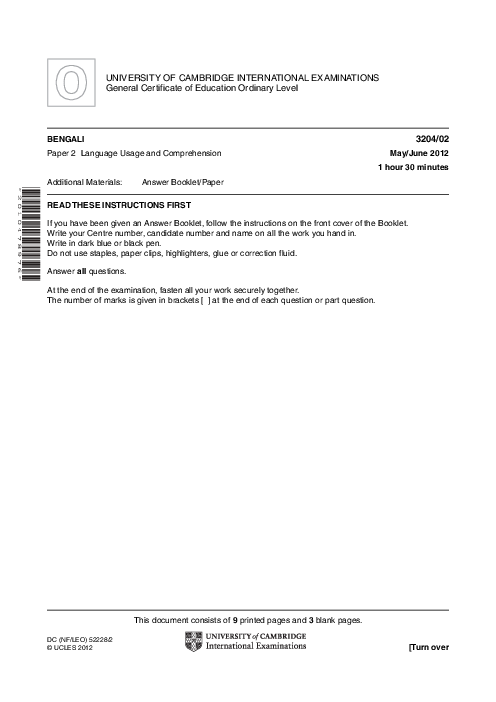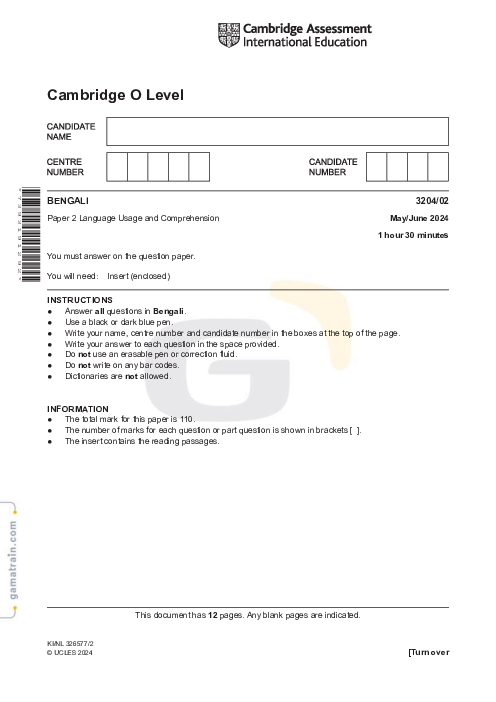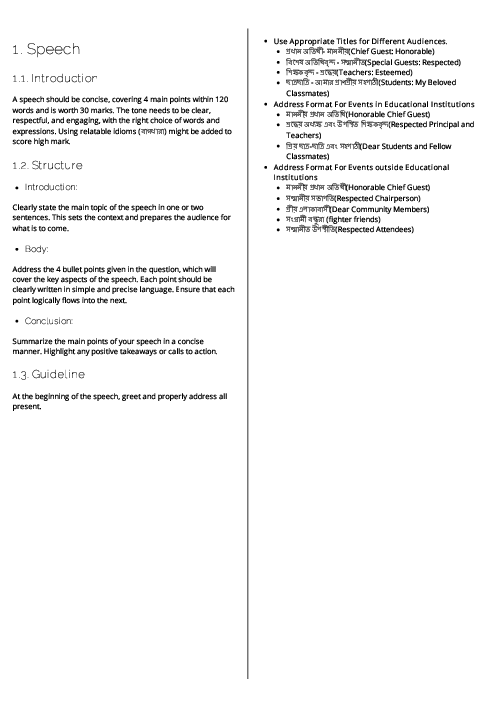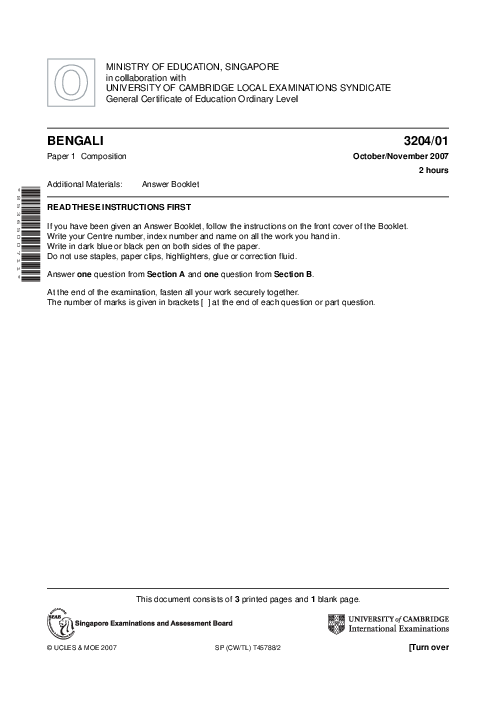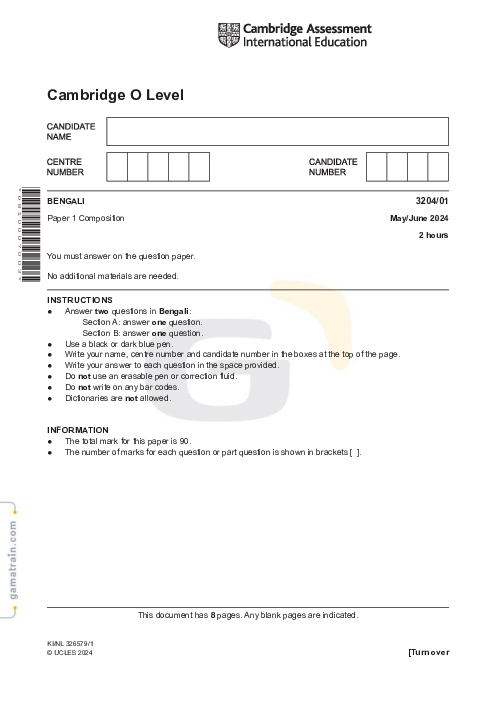This question explores the origins, development, and changes that the Bengali script has undergone over time.
What is the historical background of the Bengali script?
پاسخ ها: {{ repliesNum }}
پاسخ انتخاب شده
در پاسخ به: {{ reply.reply_to.name }}
در پاسخ به
این پیام حذف شده است.

